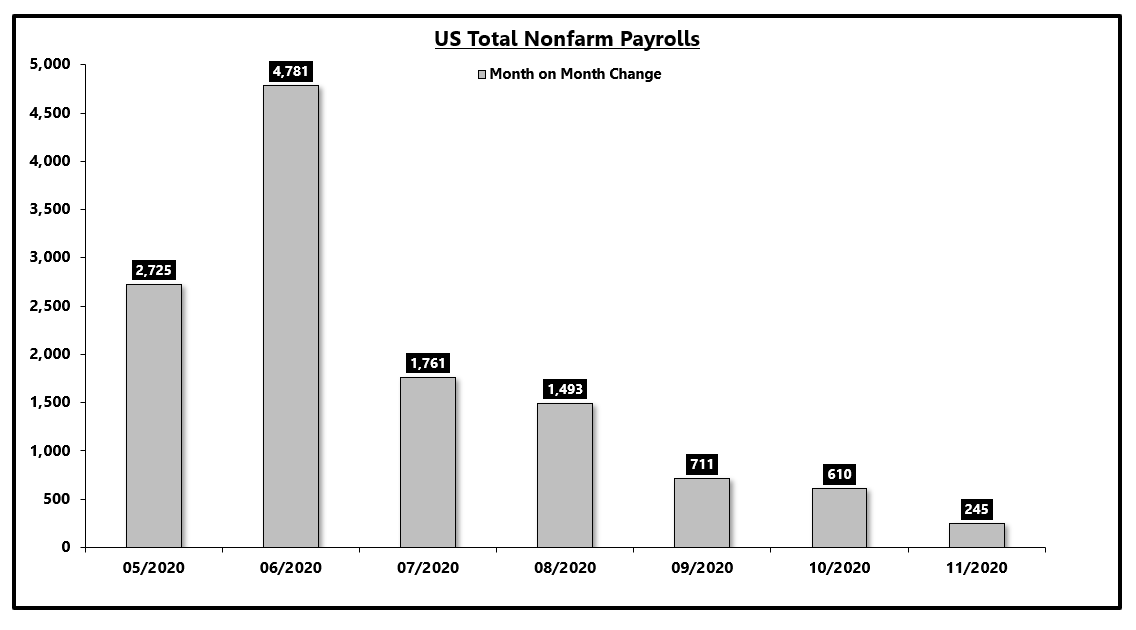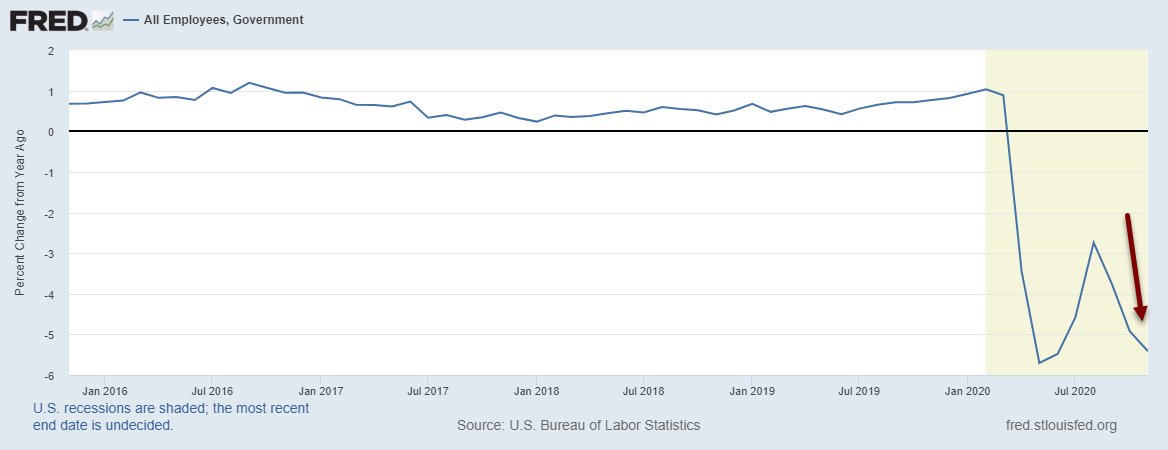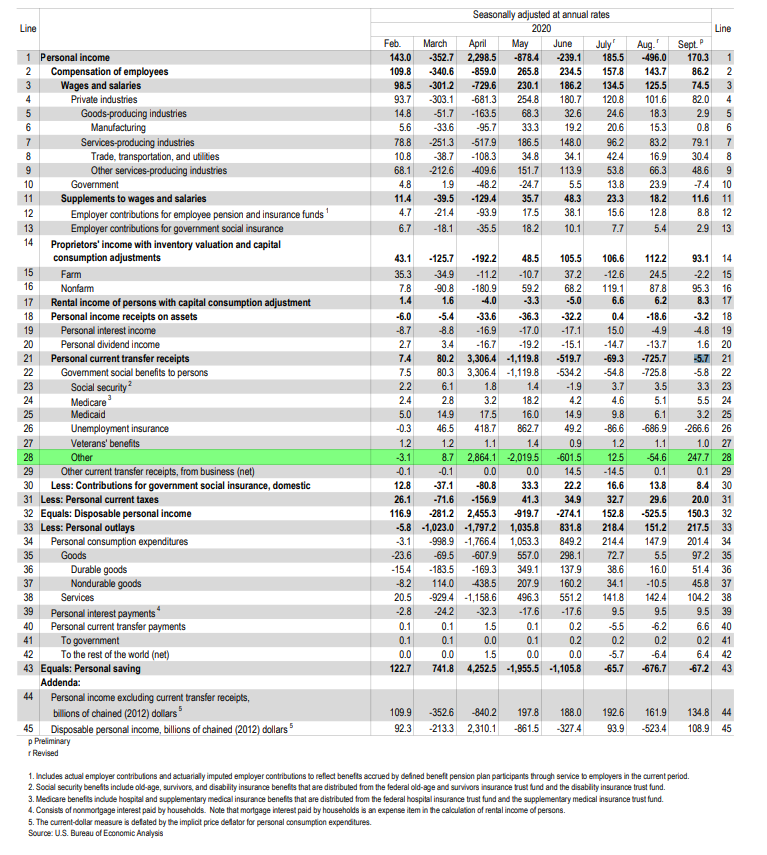
Bank credit is comprised of mostly "securities" and "loans"
Securities are mostly US Treasury bonds and Mortgage-backed securities (MBS).
Loans include real estate, C&I, credit cards etc.
Securities are mostly US Treasury bonds and Mortgage-backed securities (MBS).
Loans include real estate, C&I, credit cards etc.
1) Loans as a % of bank credit have plunged as banks continue to absorb USTs, crowding out private domestic investment. 

4) We have a cyclical upturn in the industrial sector but to really solidify a more lasting bout of inflation, loan growth needs to follow the cyclical upturn.
One of the reasons for "low-flation" over the last decade was the reduction in total bank lending growth.
One of the reasons for "low-flation" over the last decade was the reduction in total bank lending growth.

• • •
Missing some Tweet in this thread? You can try to
force a refresh



















